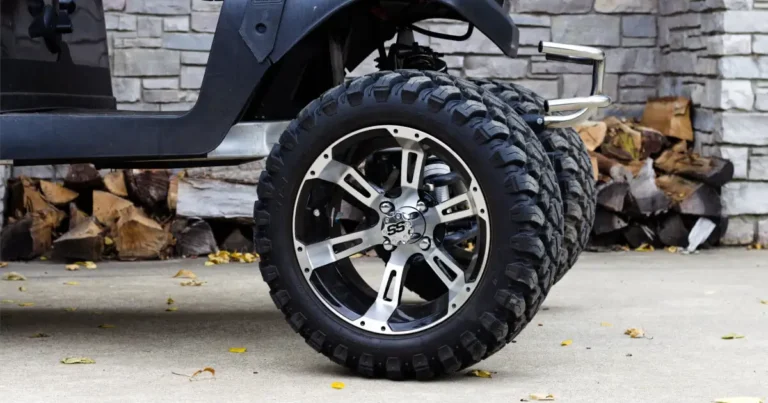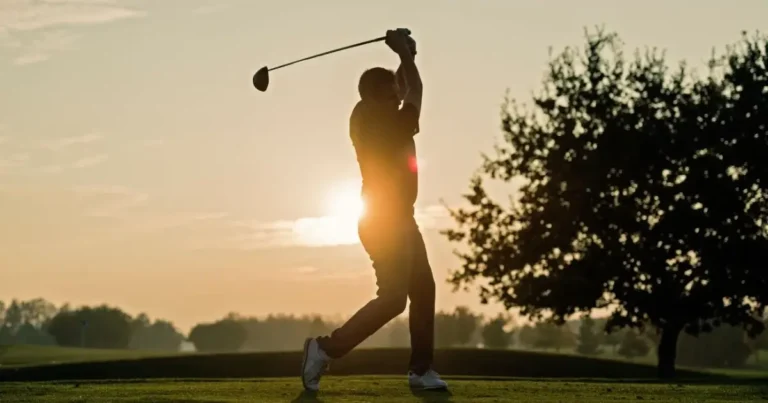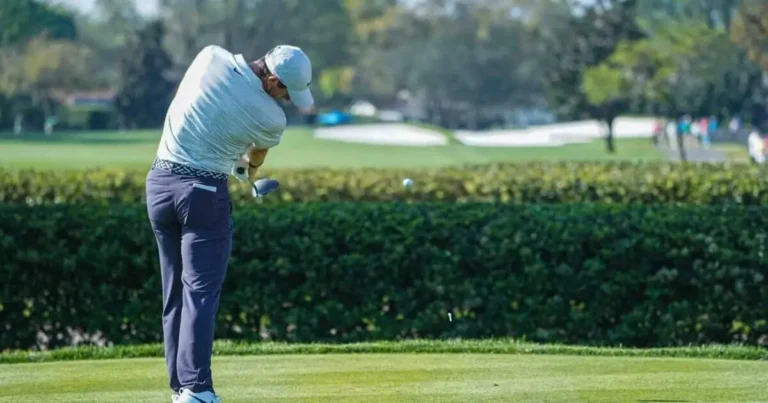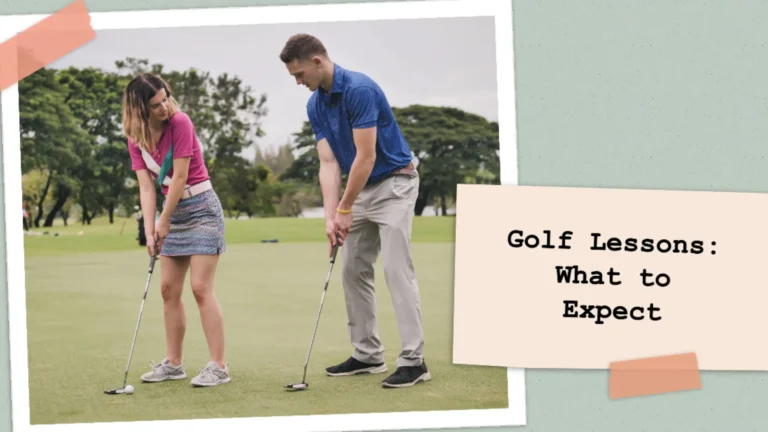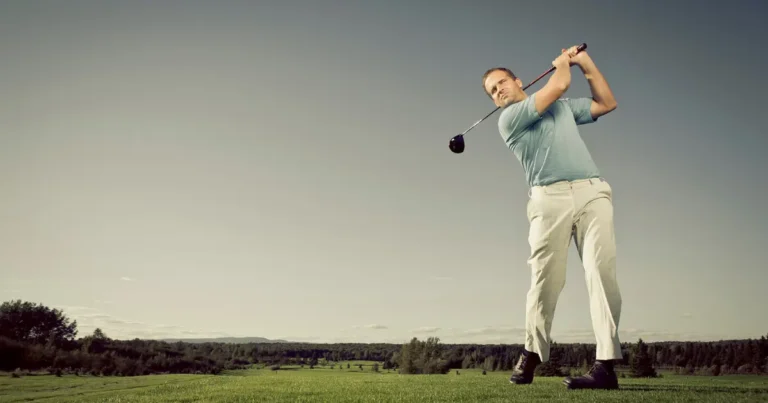How to Increase Swing Speed Without Overswinging in Golf
Many amateur golfers believe that they need to swing harder to hit the ball farther. However, this frequently results in swinging out of control, compromising consistency and accuracy and increasing the risk of injury.
The key is to Increase Swing Speed while maintaining control of your body and club. With a few simple changes to your setup, grip, posture, and swing mechanics, you can gain significant yardage by increasing swing speed while exerting less effort.
Golf swing speed is a major determinant of distance. The faster you can swing the club while maintaining solid contact with the ball, the longer your shots will travel. However, simply trying harder rarely results in meaningful gains in velocity. Overswinging causes excessive stress on the body, throws off your timing, and disrupts your swing path.
The key is to optimize several aspects of your technique to increase clubhead speed more effectively. Most amateur golfers can increase their swing speed by 10-20 mph or more with an intelligent approach that focuses on body mechanics, resulting in longer drive distances.
Proper Setup Position
The foundation of an efficient, high-velocity golf swing begins with your basic setup position. To maximize your potential power, consider your stance width, knee flex, spine angle, and balance. Set your feet shoulder-width apart and slightly flex your knees to maintain an athletic stance. Bend forward at the hips to tilt your spine and achieve an athletic stance balanced over the arches of your feet. Grip, alignment, and posture all have a significant impact on swing efficiency.
Grip Pressure and Hand Position
Many golfers unintentionally limit their swing speed by gripping the club too tightly or positioning their hands incorrectly on the grip. Maintaining a light but secure grip pressure allows your wrists to pivot freely during the backswing, storing more potential power.
Positioning your hands too far to the left on the grip also reduces the wrist’s ability to fully cock. To maximize leverage, place your left thumb straight down the center of the grip. Allow the wrists to naturally hinge rather than forcing them; this generates more whip through impact, resulting in extra speed.
Backswing Technique
How you take the club away from the ball has a significant impact on your ability to generate speed on the downswing. Begin the backswing by rotating your chest laterally away from the target and allowing your arms to lift the club simultaneously.
Keep the clubface square to your spine angle for as long as possible before allowing your wrists to hinge; starting the hinge too soon reduces leverage. Instead of overswinging, continue rotating your core and complete your shoulder turn once your hands reach hip height. This establishes an efficient end point, making it easier to change direction rapidly.
Transition and Downswing Motion
While the backswing sets the stage, unleashing more swing speed is heavily dependent on your transition, which begins by shifting your lower body first. Drive your hips aggressively toward the target from the top of the backswing, rotating your pelvis and core muscles.
Time this motion precisely by moving your arms and club down, which multiplies the power generated by your legs and core. Allow your wrists to bend significantly during impact, whipping the clubhead down and through the hitting zone in front of you. Rotating your torso hard left while clearing your hips results in a high-velocity lash at the ball.
Follow Through Properly
The world’s fastest golf swings continue to accelerate the club after impact because follow through has a direct impact on strike quality. Continue pivoting over your front hip, chest facing the target, hands finishing high, to increase ball speed.
Allow your committed downswing and body rotation to carry your arms naturally around your torso. Avoid decelerating too soon; maintaining speed for a longer period of time increases the ball’s kinetic energy. The key is to commit to each stage of the swing motion, rather than simply swinging at the ball aggressively.
Increase Flexibility
Many golfers struggle to swing faster because stiffness limits their range of motion. Inflexibility in key areas such as your torso, shoulders, and hips restricts your backswing, preventing you from reaching an efficient endpoint.
This also makes it difficult to initiate an explosive downswing sequence that maximizes clubhead speed at impact. Stretching your core muscles, back, shoulders, and hamstrings on a daily basis allows for a wider arc and frees up your kinetic sequence. Yoga can also help golfers improve their rotational ability, allowing them to wind up more on the backswing and hit the ball harder.
Strengthen Your Swing Muscles
Increasing swing speed is heavily dependent on producing explosive power from your core and lower body and efficiently transferring it through your torso. Strengthening the intricate network of muscles involved in an athletic golf swing improves your mechanics.
To generate more ground force, perform regular core exercises such as planks, as well as lower body movements such as squats and lunges. Balance these out with band exercises to improve stability and train the neuromuscular patterning required for timing your downswing sequence.
The more power you generate from the ground up, the quicker your overall swing speed.
Proper Equipment Setup
Optimizing factors such as driver loft, shaft flex, and swingweight have a direct impact on potential swing velocity. Your club fitter can use launch monitor data to fine-tune equipment specifications for faster speeds.
Higher lofted drivers in the 10-12 degree range launch shots at a steeper angle, reducing backspin and increasing distance. Flexible driver shafts provide greater acceleration through impact, but control is essential.
Adjusting the swingweight affects how heavy the club feels, which affects acceleration. Dialing in your driver and shaft makes maximizing swing speed easier.
Consistent Practice with Purpose
Simply hitting balls on the driving range rarely instills the neuromuscular patterns and refined technique required to achieve Increase Swing Speed. Effective practice, specifically focused on optimizing the movements described above, trains your body and mind more efficiently.
Use video analysis to track key swing positions associated with increased velocity. Begin with half swings, exaggerating proper positions, and progress to full swings in front of mirrors to reinforce ideal motion. To get the most out of your workouts, incorporate strength, flexibility, and swing speed exercises.
Use sensors to measure swing speed and track meaningful progress across multiple range visits.
Conclusion
Adding significant yards to your tee shots requires less brute strength and effort and more focus on specific physical and technical aspects. Refining your setup, grip, backswing, downswing sequence, and equipment lays the groundwork for producing more power and swing speed efficiently.
By instilling proper kinetic motions and strengthening your golf muscles, you can swing faster without the tension and effort that causes inconsistency. Approach Increase Swing Speed as a journey centered on technique rather than immediate results. Commit to intelligent practice while keeping your expectations reasonable.
Significant gains may occur gradually, but meaningful speed is derived from precision rather than power. With some concentrated effort, most golfers can achieve that effortless swoosh and see their drives sail farther down the fairway than ever before.


